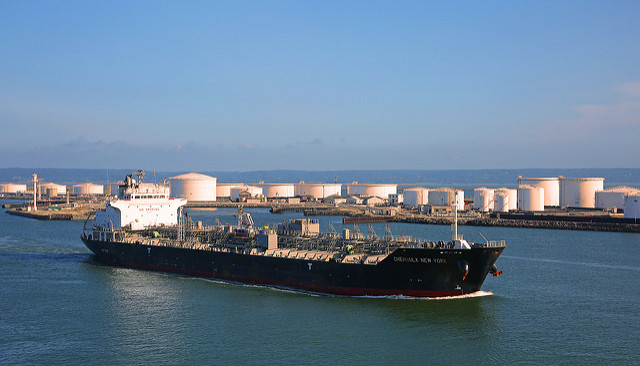Iran Tensions
Energy
Worries continue to grow over the spread of the delta variant in China, which has weighed heavily on oil prices in recent days. While daily cases are still low, the government is taking a strict approach to stop the spread. A number of cities are now in lockdown. And travel restrictions have been imposed. ICE Brent neared US$71/bbl at one stage yesterday, although made a comeback after reports of a tanker hijacking off the coast of the UAE. There are suggestions that the hijacking could have been carried out by Iranian-backed forces. This latest incident follows the attack on an Israeli-operated tanker last week, which the US, UK, and Israel have blamed on Iran. This is also happening at a time when the new Iranian president is taking office, as well as ahead of the potential resumption of nuclear talks. President Raisi said that he “will seek to lift the tyrannical sanctions imposed by America.” However, the latest tanker incidents in the region clearly suggest that it is unlikely that we will see a quick deal once talks restart. It looks increasingly unlikely that Iranian supply will grow to 3MMbbls/d over 4Q21 (our current assumption), from around 2.5MMbbls/d currently.

API numbers released overnight were not very constructive, with the API reporting that US crude oil inventories fell by 879Mbbls over the last week, which is much less than the roughly 3MMbbls draw the market was expecting. In addition, crude stocks at Cushing increased by 659Mbbls. If the EIA confirms a Cushing build later today, it would be the first weekly increase in crude oil inventories at the WTI delivery hub since early June. Although, admittedly product numbers were more supportive, with gasoline and distillate fuel oil inventories falling by 5.75MMbbls and 717Mbbls respectively.
Metals
Risk-off sentiment prevailed in the market which saw a sell-off across industrial metals on Tuesday. Markets are likely reacting to the latest Covid-19 developments and PMI data. LME 3M copper retreated to a two-week low touching an intra-day low of US$9,485/t. Having risen the whole of last week, LME copper stocks have finally started to edge lower this week, while in China increased onshore demand has led to increased interest in bonded warehouse inventories, which has led to a rise in the Yangshan premium. On the supply side, the world’s largest copper producer, Codelco reported a 14.9% YoY increase in production, which reached 151.6kt in June according to Cochilco.
Agriculture
The latest data from Russia’s agriculture ministry shows that wheat yields in the country have dropped to 3.48t/ha so far this season, compared to around 3.66t/ha last year, raising supply concerns from Russia this year. The ministry reported that wheat production has dropped around 6% in the season so far to around 12.8mt. Wheat prices have been supported in recent weeks due to adverse weather in the US, weaker crop prospects for Russia, and lower shipments from Europe. The European Commission reported yesterday that common wheat exports from the EU dropped by around 35% YoY to 963kt over the first five weeks of the season that started on 1 July. Rainy weather last month slowed down harvesting progress in the EU, keeping the market tight in the immediate term.
Disclaimer: This publication has been prepared by the Economic and Financial Analysis Division of ING Bank N.V. (“ING”) solely for information purposes without regard to any ...
more


